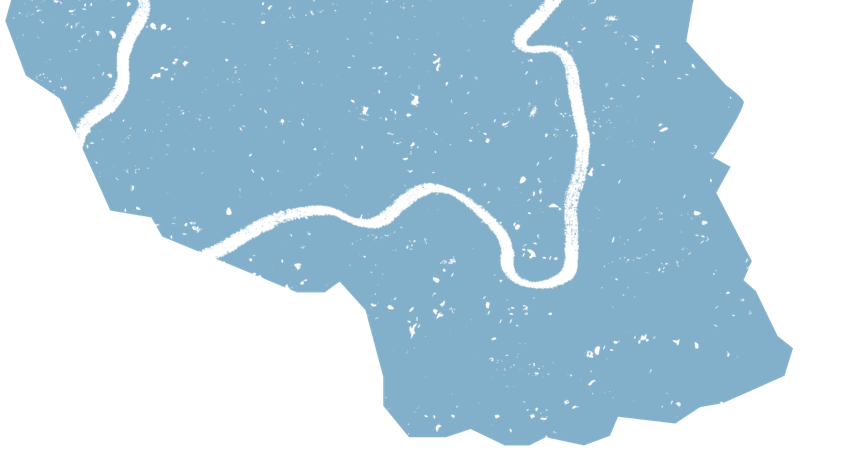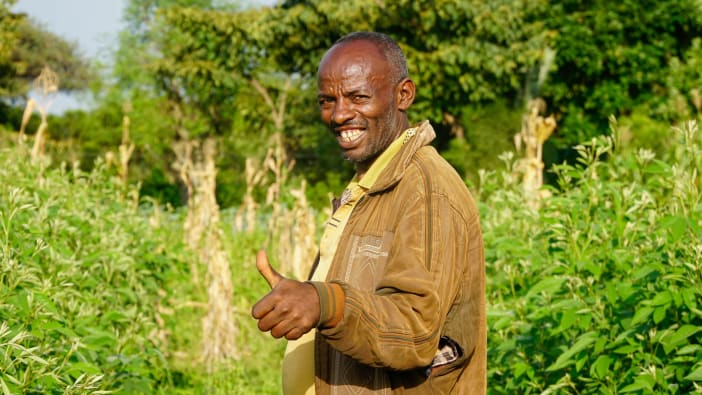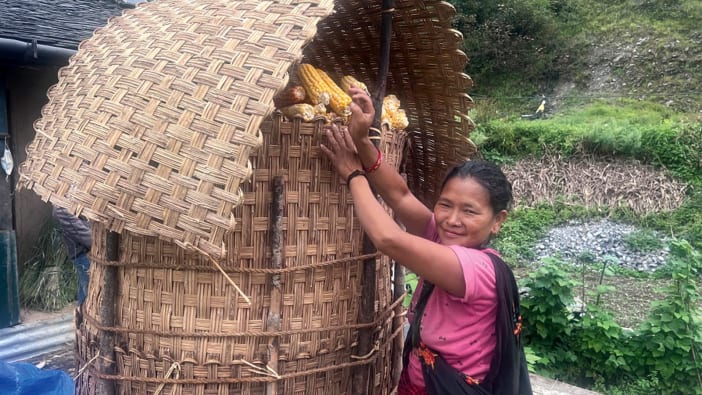When land is scarce or infertile, livestock often survive on poor diets of scrub, crop waste and straw. In these conditions livestock will grow and reproduce slowly and provide less milk and meat. However, the demand for animal produce, whether for milk, meat or leather, remains high. Any ideas that can encourage better growth and health of livestock are to be welcomed.
Better nutrition
Scientists have found that small changes in the balance of nutrients and minerals given to livestock can result in faster growth, better milk production and also higher fertility. Better nutrition is important for livestock, not just for people!
Most livestock benefit greatly from increased levels of nitrogen, which helps them digest tough vegetable materials such as stalks and scrub. Minerals such as sulphur, phosphorus, sodium, calcium and magnesium also improve their health. Expensive salt or mineral blocks can be bought – but the good news is that farmers can make these very cheaply using a mixture of the following ingredients:
Urea (a low cost inorganic fertiliser) is a cheap source of nitrogen.
Molasses (a by-product of sugar refining) is a good source of minerals and vitamins.
Binding materials to make the blocks stick together firmly include cement, clay or pounded okra. Clay from a termite mound is ideal after pounding and sifting.
Other useful by-products, which may be used if commonly available, are palm oil sludge, wheat or rice husks, cotton seed meal and coconut meal.
Sample recipes for mineral blocks
Three recipes (A, B and C) are shown in the table, so farmers can choose one that uses ingredients easily available in their area.
- Dissolve the urea in water or molasses. In a separate container, mix together the other dry ingredients. Slowly add the urea liquid to the dry ingredients to make a thick paste. Add water if necessary, but only enough to mix the mixture together (you should not be able to squeeze any water out of the mixture).
- Place in wooden boxes, in wide metal bowls or calabashes, or in big tin cans lined with plastic bags. Let the blocks set and harden for two weeks. Once dried, put the blocks out for your livestock. Animals should not be allowed to eat too much as the urea in the block can be harmful to livestock if too much is consumed. One useful suggestion is to make these available by the water source so that animals can use them for short periods each day. The blocks can be placed on the ground or tied to a tree or fence post. (see table below)
Income generation
Some farmers and community groups have started producing salt licks for sale in their village as an income-generating activity. Farmers in Kenya could not afford commercial mineral blocks, but when some farmers’ groups started producing local mineral blocks, villagers began buying them.
These blocks should only be used for adult grazing animals (ruminants) such as cattle, sheep, goats and camels. They should not be used with horses, donkeys, mules or poultry.
Based on information provided by A Issaka and F Djangno in Baobab 25 and Kristin Davis and Don Cobb (Echo Development Notes 65 and 76).









